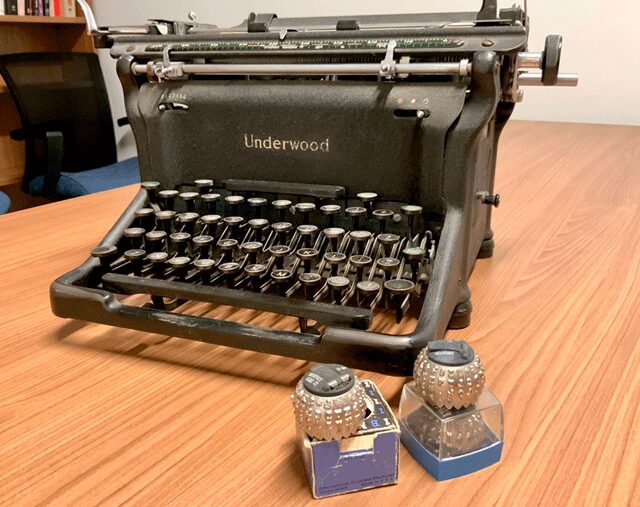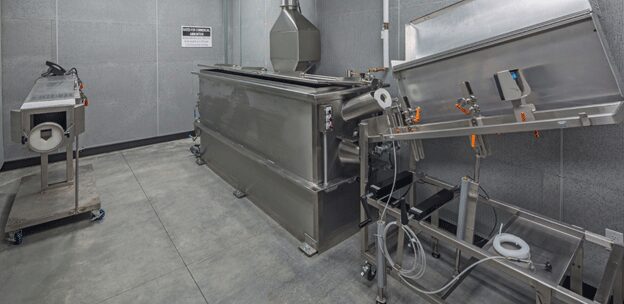Services
Providing Exceptional Forensic Services
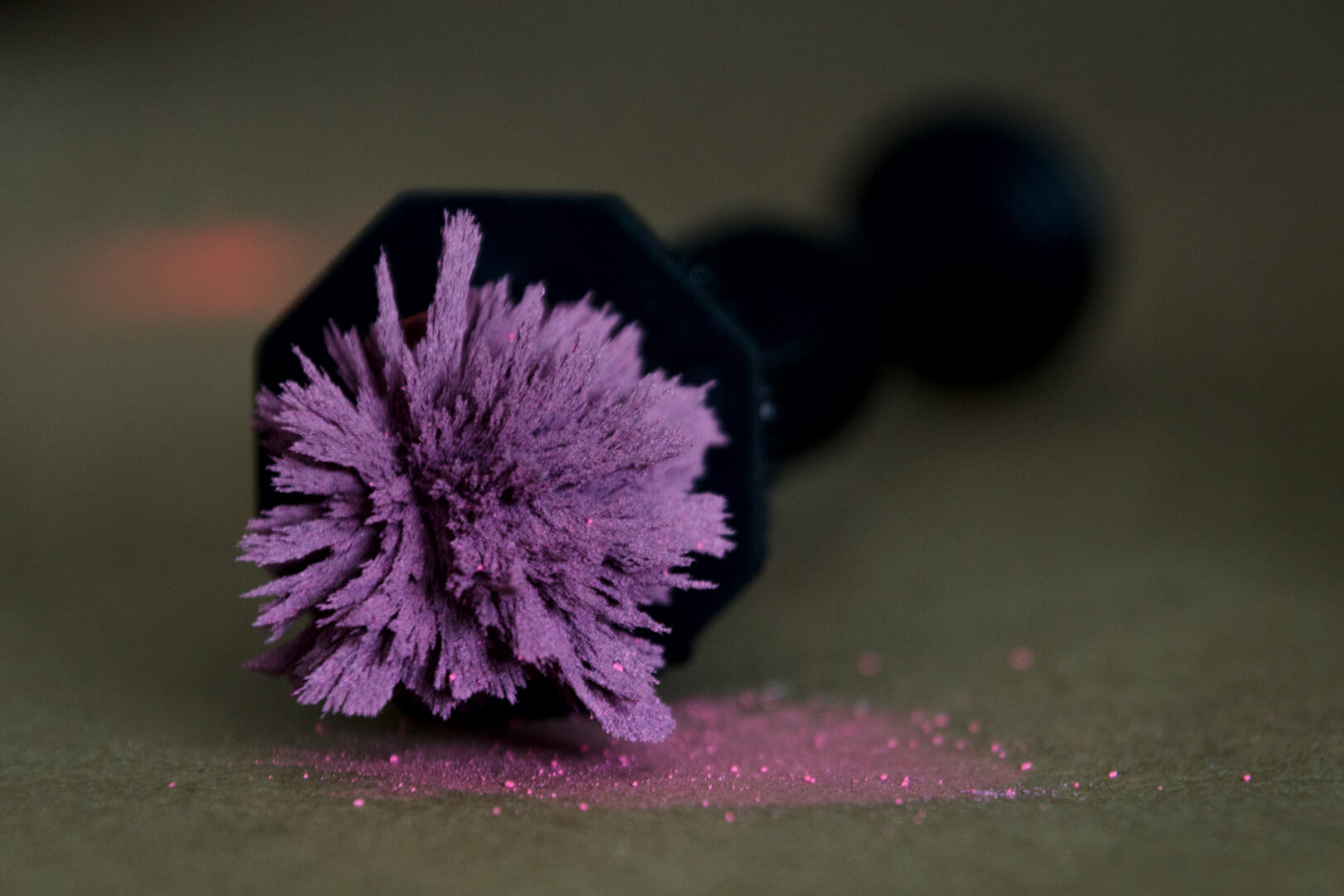
Providing Exceptional Forensic Services

LATENT PRINT
A latent print is an impression of the friction ridge skin of the palm side of the hands or soles of the feet that has been transferred to another surface. The persistent and highly discriminating arrangement of the features of this skin allows for the identification of an individual to a latent print. The presence of latent prints is important to a criminal investigation because it can link a suspect to a crime scene, provide proof of contact, and identify people that may not previously have been known.
The UFL Latent Print Section employs a variety of techniques to develop latent prints on items of evidence submitted to the laboratory by law enforcement agencies. Latent Print Examiners attempt to identify the latent prints to individuals that may be connected to a crime scene. If they cannot be identified, or if there are no known individuals of whom to compare, then latent prints can be searched in the Automated Fingerprint Identification System. The UFL Latent Print Section also works in cooperation with coroner offices throughout the state to assist in identifying unknown decedents.
CHEMISTRY
The UFL Chemistry Section analyzes unknown material for the presence of controlled substances as listed in the Colorado Revised Statutes using a variety of scientific and instrumental techniques.
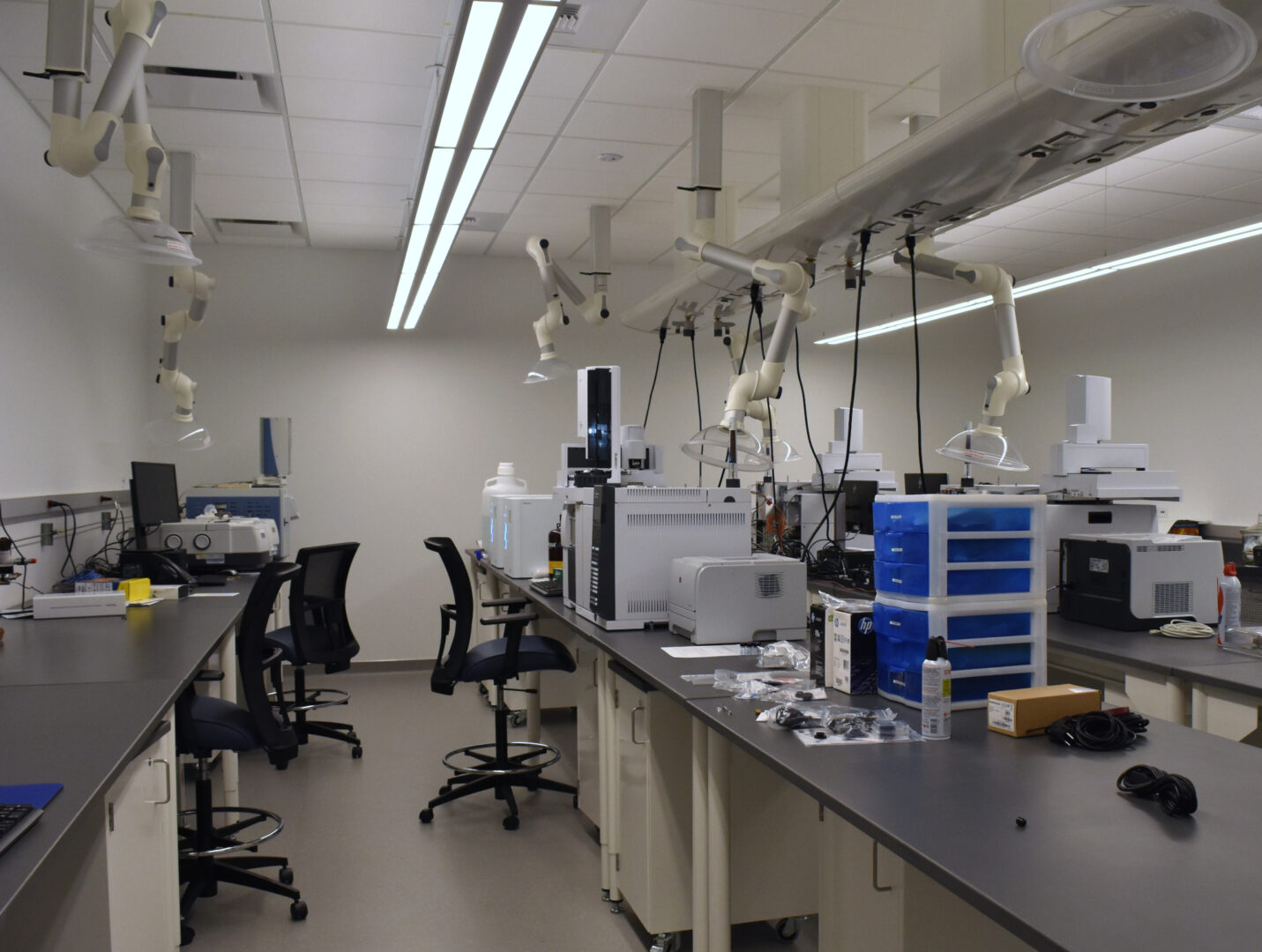
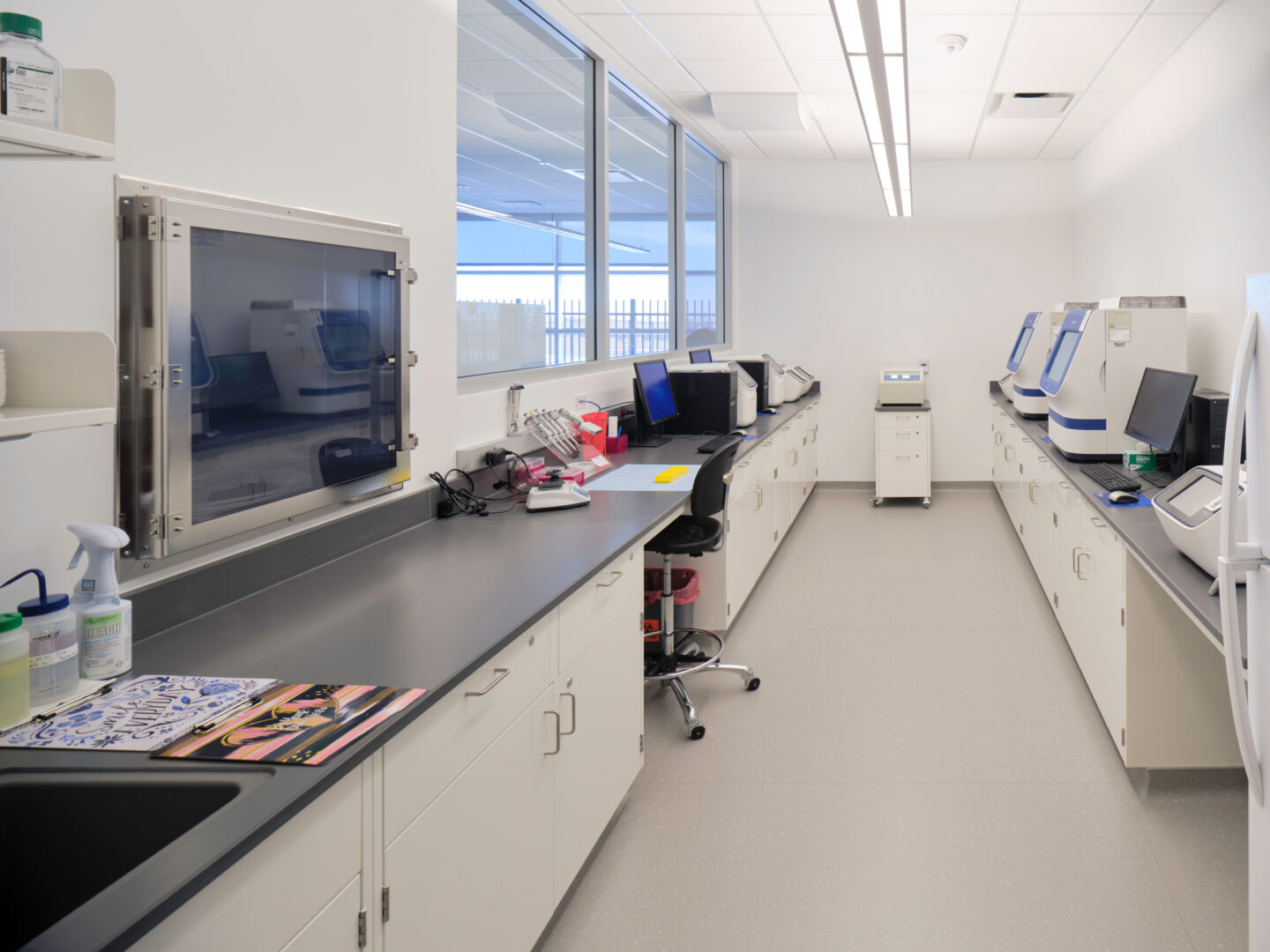
DNA
The UFL Forensic Biology Section is comprised of two separate components, Serology and DNA. The Scientists in the Forensic Biology Section examine items of evidence for the presence of biological fluids and make collections for trace/touch DNA. These collections are processed for DNA to develop profiles for identification purposes.
The UFL Forensic Biology Section can screen for blood, semen, and saliva. The UFL Forensic Biology Section utilizes both Short Tandem Repeat (STR) and male-specific Short Tandem Repeat (YSTR) analysis to develop DNA profiles.
Questioned Documents
The UFL Questioned Documents Section performs comparative examinations of Indented Writing, Alterations, Ink, Paper, Photocopy and Laser Printer, Line Sequence and Direction of Writing Instrument Strokes, Printing Processes, Counterfeit Document, Impression Device, Physical/Fracture Match, Typewriting and Electronic Fonts, Handwriting / Hand printing, and Charred Documents.
